Helicopter systems for extinguishing forest fires
Good day. I want to talk about the spillway devices used by the Ministry of Emergency Situations and Avialesookrany aviation.
To extinguish forest fires in the structure of Avialesookrany there are special parachute teams. Brave parachutists, jumping in smoke in areas of the edges of forest fires. They are armed with saws, axes, special hand pumps, and sometimes explosives. Their work is a feat. But the story of the "heavy artillery" firefighting. Helicopter spillway devices VSU-5A, VSU-15A.
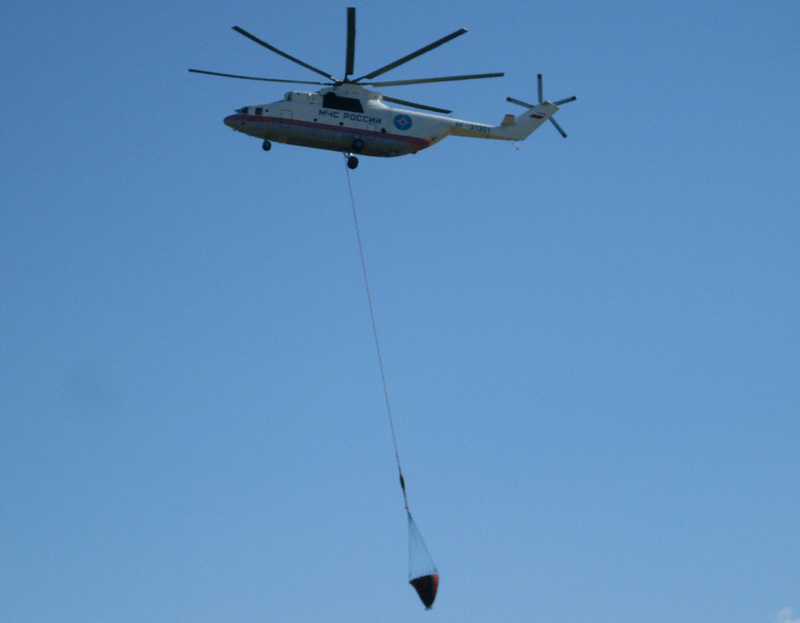
The first models of these systems, the VSU-5, were developed in 1995 by the research institute AUS (the city of Feodosia) together with the VNII PANHA GA (Krasnodar) and Avialesokhranoy for Mi-8MT helicopters (MTB, AMT) and Ka-32 . The casing of the VSU-5 spillway device was a 2-ply, non-rigid container in the vertical direction. The rigidity of the shell, near the top hole, gives a special element of annular shape. The shell in the lower part is equipped with a second metal ring of smaller diameter. The suspension of this design was carried out through thin steel cables around the perimeter to the standard cable exterior of the helicopter, 21 meters long. On the suspension cables, the cable of the Water Discharge Control Mechanism was flanged. To date, all VSU-5 decommissioned, and replaced with an improved VSU-5A. Structurally, the soft capacity itself has hardly changed. The suspension steel cables are replaced by slings consisting of several layers of nylon tapes sewn into the design of the soft shell at both ends; special eyes are sewn around the soft shell on the side slings. When preparing the APU for work, 4 parts of the upper rim are successively threaded into these eyes, and grooves in the upper part of the soft shell. In three places, the parts of the rim are joined by the “glass - finger” joint, and the fourth “ear - fork”. All rim connections will be controlled by axles, which, in turn, will be controlled either with cotter pins or spring rings. The lower rim consists of two halves, joined together in a similar way. Scheme slinging capacity VSU-5A shown in the figure.
Titanium sleeves with flanges are woven in the middle of the lines. In total there are six such bushings on the last modification. The previous one was eight. Through them, a soft container is attached to the Drain Control Mechanism. The design is hung through a meter cable extension from the standard suspension to the lock of the external suspension DG-64M using a 20-meter long ribbon line, consisting of a set of nylon monoholes, hidden in a protective cover. The strength of this line is about 40 tons. The soft container, the slings covers are made of technical polyamide fabric with film coating. The slings themselves, radial power frame, sewn on soft capacity, are made of LTPE-26-2000 tape. In the lower part, the soft shell is additionally reinforced with an LT-svm-48-6000 ring tape. Internal sealed liner is made of thinner polyamide rubberized or polyurethane coated fabric. Parts of the upper and lower rims are made of steel pipe with a diameter of 51 mm. Moreover, the two sections of the upper rim are filled with lead shot. This is necessary for the rapid flooding of one of the sides of the device when drawing water from a reservoir. The total length of the entire device is 27 meters. Weight about 160 kilograms. The maximum capacity in the first version of the VSU-5A is 5 cubic meters of water. The device was designed universal. But the payload of the Mi-8 and Ka-32 helicopters is different. And if Kamov easily 5 tons, then Mi-8 MT, MTV with TV3-117VM engines can lift only 3 tons of cargo on the external sling. A special corrugation belt is provided on the soft tank, which makes it possible to reduce the volume of the tank up to 3 cubic meters by tightening. In further three versions, the maximum capacity of the tank was changed to 2.5; 1.8; 3.5 cubic meters. Accordingly, the belt ribbing on them allows you to reduce the volume up to 1 cubic meter. Now there is a new modification of the Mi-8 AMTSH, with VK-2000 engines, and a new main gearbox, capable of lifting up to 4 tons of cargo.
The control mechanism is electromechanical.
Inside there is a 27V collector electric motor with a worm gearbox, a ball friction clutch with a pulley on which a 1.6 m long cable is wound, a ball lock securing the boss on the cable in the closed position of the lock, two limit switches AM-800K that determine operation electric motor and the moment of closing the ball lock. When the operator presses the button “PLUM”, the power is applied. The electric motor turns the ball lock through the kinematics, opening it, and causes the friction clutch connected with the pulley of the drawdown cable to break down. The lug on the cable is released and the cable is exhausted from the pulley by the action of a mass of water. At this point, the pulley axis twists the spring motor, which serves to reduce the load on the el. engine when reeling cable. The cable is connected with the exhaust of the soft tank, which through the plastic rings on the drain pipe keeps it in the retracted position. Locking is done by crimping a lot of water in the tank. At the time of opening the drain pipe is released and turned inside out. Water is drained. After draining, the operator presses the “Preparation” button on the control panel. An electric motor is turned on, winding the exhaust cable onto a pulley, which draws in the drain nipple inside the tank. When the lug of the exhaust cable enters the ball lock, it compresses the ball retainer. The ball lock rotates, pressing 3 balls into the groove of the boss, and locks it. The limit switch works, the remote control de-energizes the electric motor. The device is ready for the next application.
Assembling the spillway device according to the documentation by a group of 4 people takes 30 minutes. In practice, at the same time, it is quite possible to assemble together. When the helicopter is working with the device, the filling time is dry - 15 seconds, wet - 10 seconds. The speed of a helicopter with an empty device up to 160 km per hour, with a full up to 180 km per hour. Drainage of water on the fire can be done at speeds up to 120 km per hour. The flow rate of water is about 700 liters per second. Closing time of the drain valve after draining about 8 seconds. At the same time, the flight speed is limited to 80 km per hour. Water loss from the APU in flight is not more than 8 liters per minute.
The design of the VSU-15A is similar. This device is designed to work with the Mi-26T helicopter, and is designed to collect 15 tons of water. Just more. Capacity, the number of side slings suspension. The tape sling is longer, withstands 80 tons per tear. The upper rim is assembled from six sections, and not from four. The design of the Mechanism of Control is completely analogous to VSU-5A. The spring motor develops a greater force when coiling the exhaust cable. If for VSU-5A the maximum force on the exhaust cable is 25 kilograms, then for VSU-15A it is 35 kilograms. When the force is exceeded, the ball friction clutch rotates. It consists of a disk with grooves into which spring-loaded steel balls, located in the slots of an exhaust cable pulley, are embedded.
The practice of using these devices revealed the following problem. Even 15 tons of water dumped on a forest fire are not effective enough. Surface burning stops, but the heat quickly dries it. A light breeze is enough, and the tree flares up again. Therefore, in addition to the VSU, another system is used - SDP. System of adding frother. Special foam forming agent. And upon contact with a burning surface - a film that prevents access of atmospheric oxygen. It is a capacity of 250 liters for the VSU-5A, and three identical for the VSU-15A. At the bottom of this design is the solenoid valve. PSD is controlled by a control unit based on an Atmel ATmega16 microcontroller. The microcontroller records data about the volume of the foaming agent poured, its density, the volume of soft capacity. It calculates the required amount of the additive, the time it takes to open the valve, records the number of drains, the amount of remaining foaming agent. When the operator presses the Add-on button on the control panel, the controller opens the DPS valve for the calculated time. A hose is laid from the SDP valve to the inside of the soft container, through which the foaming agent is mixed into the water. Special techniques have also been developed in which aviation works in conjunction with ground crews. Helicopters with massive discharges knock down the flames, and ground firemen do not allow it to flare up again. In addition to direct extinguishing, these devices are used to create a supply of water in hard to reach places. An artificial reservoir is constructed, into which the helicopters pour water. It is used by ground commands. One complete VSU-15A is five water stations of a standard fire engine.
')
But the fire element, like any in nature, has a nightmarish power. Forest fires are divided into grassroots, when dry grass and undergrowth, and horseback are burning. When the forest burns completely. And if aviation and paratroop teams can deal with the first one, then the horseman’s squash can be practically useless. The burning temperature reaches 1000 degrees, the volume of the fire provides suction of huge volumes of air. Sparks rise to a height of over 100 meters and are transported over long distances. The speed of fire propagation can reach 100 km per hour. Therefore, other technologies are used. Felling of the forest, plowing of the firebreak by bulldozers. But…
Of course, thunderstorms are often the culprits of forest fires. But foolish people also easily generate fiery hell. Not extinguished fire, cigarette butt thrown in the forest, burning grass on a plot of land. And after not able to cope with the consequences of their stupidity. The stupidity of one often leads to the loss of hundreds of all property, and in some cases, the lives of people. Numerous cases when entire villages burned down in different parts of Russia, I think, everyone remembers. And sometimes the forest is set on fire intentionally. After the firm, owned by criminals, they buy burner burns for little money for logging. And incidentally felled near the business wood.
In Russia, this has already taken on colossal proportions. Meanwhile, the forest is not for nothing called the lungs of the planet. Also, the forest smoothes the effects of weather. It is possible that many of the current problems in the world, climate warming, melting of glaciers, catastrophic rainfall, are connected with the barbaric attitude to forests. We forget about the power of Nature. And if we do not think again, do not stop, the elements will destroy us.
To extinguish forest fires in the structure of Avialesookrany there are special parachute teams. Brave parachutists, jumping in smoke in areas of the edges of forest fires. They are armed with saws, axes, special hand pumps, and sometimes explosives. Their work is a feat. But the story of the "heavy artillery" firefighting. Helicopter spillway devices VSU-5A, VSU-15A.

The first models of these systems, the VSU-5, were developed in 1995 by the research institute AUS (the city of Feodosia) together with the VNII PANHA GA (Krasnodar) and Avialesokhranoy for Mi-8MT helicopters (MTB, AMT) and Ka-32 . The casing of the VSU-5 spillway device was a 2-ply, non-rigid container in the vertical direction. The rigidity of the shell, near the top hole, gives a special element of annular shape. The shell in the lower part is equipped with a second metal ring of smaller diameter. The suspension of this design was carried out through thin steel cables around the perimeter to the standard cable exterior of the helicopter, 21 meters long. On the suspension cables, the cable of the Water Discharge Control Mechanism was flanged. To date, all VSU-5 decommissioned, and replaced with an improved VSU-5A. Structurally, the soft capacity itself has hardly changed. The suspension steel cables are replaced by slings consisting of several layers of nylon tapes sewn into the design of the soft shell at both ends; special eyes are sewn around the soft shell on the side slings. When preparing the APU for work, 4 parts of the upper rim are successively threaded into these eyes, and grooves in the upper part of the soft shell. In three places, the parts of the rim are joined by the “glass - finger” joint, and the fourth “ear - fork”. All rim connections will be controlled by axles, which, in turn, will be controlled either with cotter pins or spring rings. The lower rim consists of two halves, joined together in a similar way. Scheme slinging capacity VSU-5A shown in the figure.
slinging capacity VSU-5A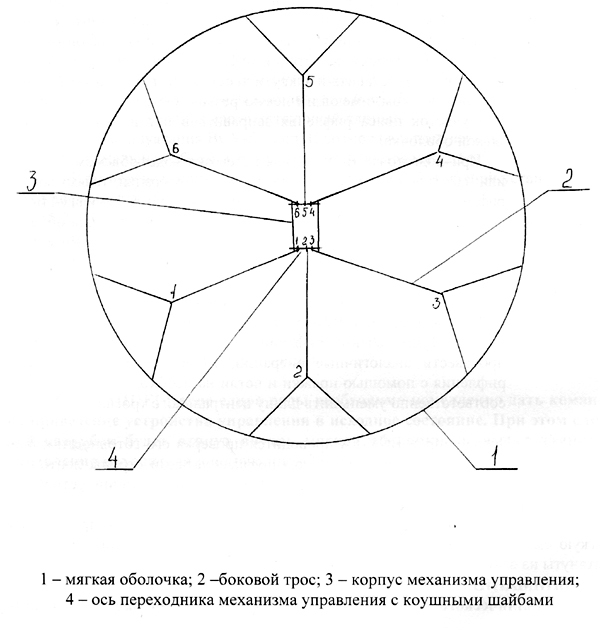

Titanium sleeves with flanges are woven in the middle of the lines. In total there are six such bushings on the last modification. The previous one was eight. Through them, a soft container is attached to the Drain Control Mechanism. The design is hung through a meter cable extension from the standard suspension to the lock of the external suspension DG-64M using a 20-meter long ribbon line, consisting of a set of nylon monoholes, hidden in a protective cover. The strength of this line is about 40 tons. The soft container, the slings covers are made of technical polyamide fabric with film coating. The slings themselves, radial power frame, sewn on soft capacity, are made of LTPE-26-2000 tape. In the lower part, the soft shell is additionally reinforced with an LT-svm-48-6000 ring tape. Internal sealed liner is made of thinner polyamide rubberized or polyurethane coated fabric. Parts of the upper and lower rims are made of steel pipe with a diameter of 51 mm. Moreover, the two sections of the upper rim are filled with lead shot. This is necessary for the rapid flooding of one of the sides of the device when drawing water from a reservoir. The total length of the entire device is 27 meters. Weight about 160 kilograms. The maximum capacity in the first version of the VSU-5A is 5 cubic meters of water. The device was designed universal. But the payload of the Mi-8 and Ka-32 helicopters is different. And if Kamov easily 5 tons, then Mi-8 MT, MTV with TV3-117VM engines can lift only 3 tons of cargo on the external sling. A special corrugation belt is provided on the soft tank, which makes it possible to reduce the volume of the tank up to 3 cubic meters by tightening. In further three versions, the maximum capacity of the tank was changed to 2.5; 1.8; 3.5 cubic meters. Accordingly, the belt ribbing on them allows you to reduce the volume up to 1 cubic meter. Now there is a new modification of the Mi-8 AMTSH, with VK-2000 engines, and a new main gearbox, capable of lifting up to 4 tons of cargo.
The control mechanism is electromechanical.
Device control mechanism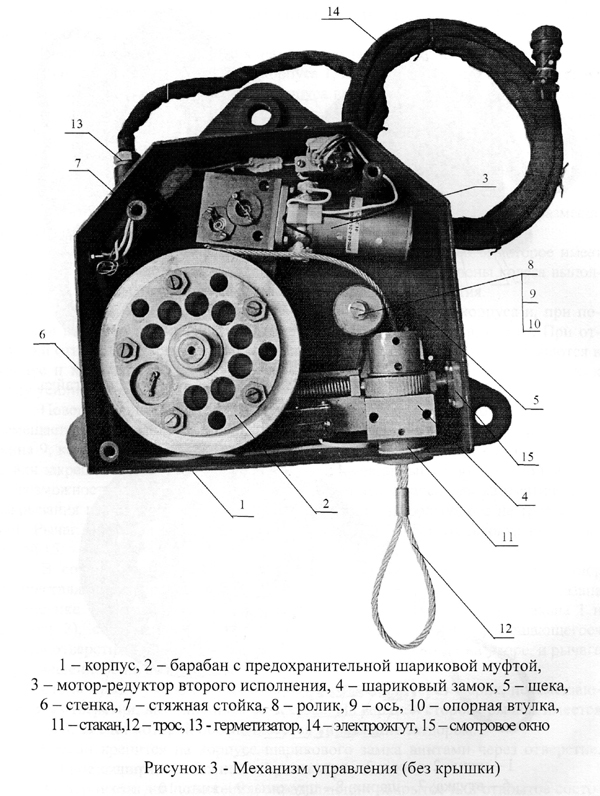

Inside there is a 27V collector electric motor with a worm gearbox, a ball friction clutch with a pulley on which a 1.6 m long cable is wound, a ball lock securing the boss on the cable in the closed position of the lock, two limit switches AM-800K that determine operation electric motor and the moment of closing the ball lock. When the operator presses the button “PLUM”, the power is applied. The electric motor turns the ball lock through the kinematics, opening it, and causes the friction clutch connected with the pulley of the drawdown cable to break down. The lug on the cable is released and the cable is exhausted from the pulley by the action of a mass of water. At this point, the pulley axis twists the spring motor, which serves to reduce the load on the el. engine when reeling cable. The cable is connected with the exhaust of the soft tank, which through the plastic rings on the drain pipe keeps it in the retracted position. Locking is done by crimping a lot of water in the tank. At the time of opening the drain pipe is released and turned inside out. Water is drained. After draining, the operator presses the “Preparation” button on the control panel. An electric motor is turned on, winding the exhaust cable onto a pulley, which draws in the drain nipple inside the tank. When the lug of the exhaust cable enters the ball lock, it compresses the ball retainer. The ball lock rotates, pressing 3 balls into the groove of the boss, and locks it. The limit switch works, the remote control de-energizes the electric motor. The device is ready for the next application.
Assembling the spillway device according to the documentation by a group of 4 people takes 30 minutes. In practice, at the same time, it is quite possible to assemble together. When the helicopter is working with the device, the filling time is dry - 15 seconds, wet - 10 seconds. The speed of a helicopter with an empty device up to 160 km per hour, with a full up to 180 km per hour. Drainage of water on the fire can be done at speeds up to 120 km per hour. The flow rate of water is about 700 liters per second. Closing time of the drain valve after draining about 8 seconds. At the same time, the flight speed is limited to 80 km per hour. Water loss from the APU in flight is not more than 8 liters per minute.
The design of the VSU-15A is similar. This device is designed to work with the Mi-26T helicopter, and is designed to collect 15 tons of water. Just more. Capacity, the number of side slings suspension. The tape sling is longer, withstands 80 tons per tear. The upper rim is assembled from six sections, and not from four. The design of the Mechanism of Control is completely analogous to VSU-5A. The spring motor develops a greater force when coiling the exhaust cable. If for VSU-5A the maximum force on the exhaust cable is 25 kilograms, then for VSU-15A it is 35 kilograms. When the force is exceeded, the ball friction clutch rotates. It consists of a disk with grooves into which spring-loaded steel balls, located in the slots of an exhaust cable pulley, are embedded.
Drying the soft container VSU-15A after application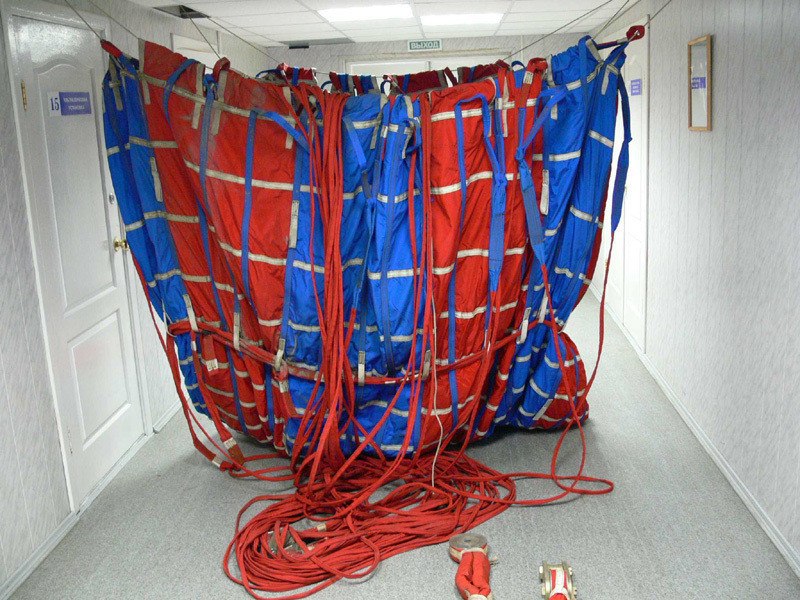

The practice of using these devices revealed the following problem. Even 15 tons of water dumped on a forest fire are not effective enough. Surface burning stops, but the heat quickly dries it. A light breeze is enough, and the tree flares up again. Therefore, in addition to the VSU, another system is used - SDP. System of adding frother. Special foam forming agent. And upon contact with a burning surface - a film that prevents access of atmospheric oxygen. It is a capacity of 250 liters for the VSU-5A, and three identical for the VSU-15A. At the bottom of this design is the solenoid valve. PSD is controlled by a control unit based on an Atmel ATmega16 microcontroller. The microcontroller records data about the volume of the foaming agent poured, its density, the volume of soft capacity. It calculates the required amount of the additive, the time it takes to open the valve, records the number of drains, the amount of remaining foaming agent. When the operator presses the Add-on button on the control panel, the controller opens the DPS valve for the calculated time. A hose is laid from the SDP valve to the inside of the soft container, through which the foaming agent is mixed into the water. Special techniques have also been developed in which aviation works in conjunction with ground crews. Helicopters with massive discharges knock down the flames, and ground firemen do not allow it to flare up again. In addition to direct extinguishing, these devices are used to create a supply of water in hard to reach places. An artificial reservoir is constructed, into which the helicopters pour water. It is used by ground commands. One complete VSU-15A is five water stations of a standard fire engine.
Water intake from the river VSU-15A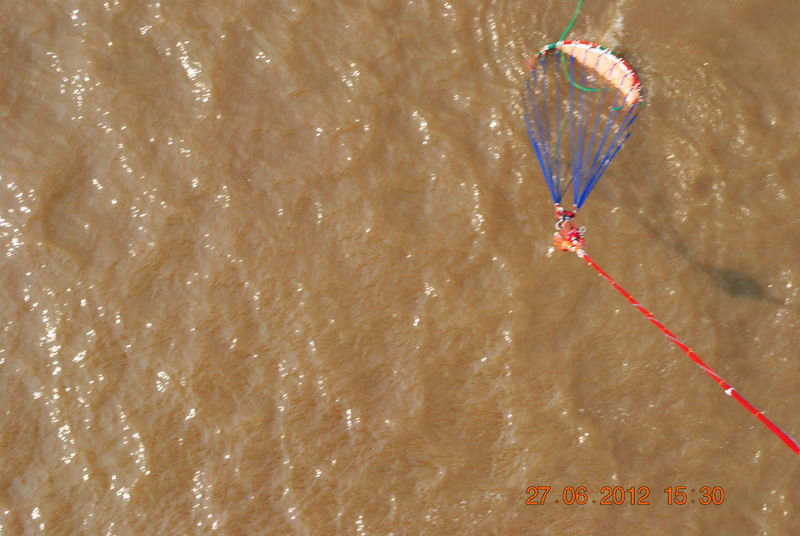

')
Drain water from VSU-15A on the fire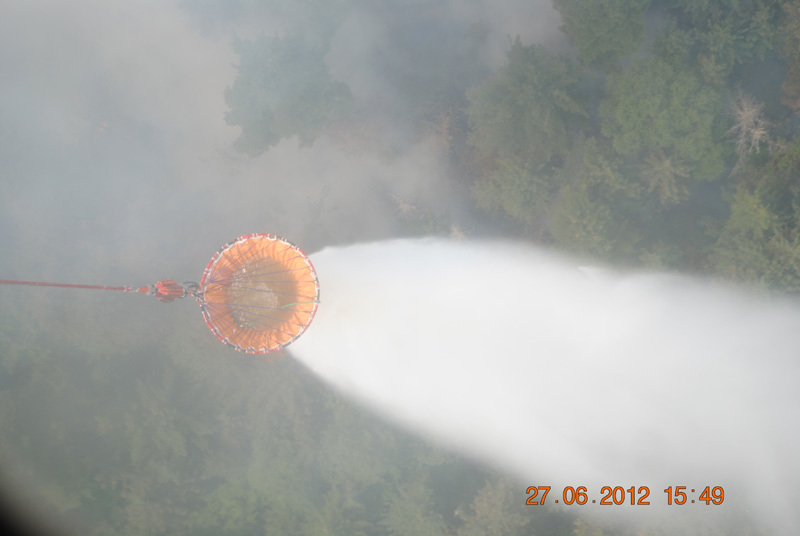

But the fire element, like any in nature, has a nightmarish power. Forest fires are divided into grassroots, when dry grass and undergrowth, and horseback are burning. When the forest burns completely. And if aviation and paratroop teams can deal with the first one, then the horseman’s squash can be practically useless. The burning temperature reaches 1000 degrees, the volume of the fire provides suction of huge volumes of air. Sparks rise to a height of over 100 meters and are transported over long distances. The speed of fire propagation can reach 100 km per hour. Therefore, other technologies are used. Felling of the forest, plowing of the firebreak by bulldozers. But…
Of course, thunderstorms are often the culprits of forest fires. But foolish people also easily generate fiery hell. Not extinguished fire, cigarette butt thrown in the forest, burning grass on a plot of land. And after not able to cope with the consequences of their stupidity. The stupidity of one often leads to the loss of hundreds of all property, and in some cases, the lives of people. Numerous cases when entire villages burned down in different parts of Russia, I think, everyone remembers. And sometimes the forest is set on fire intentionally. After the firm, owned by criminals, they buy burner burns for little money for logging. And incidentally felled near the business wood.
In Russia, this has already taken on colossal proportions. Meanwhile, the forest is not for nothing called the lungs of the planet. Also, the forest smoothes the effects of weather. It is possible that many of the current problems in the world, climate warming, melting of glaciers, catastrophic rainfall, are connected with the barbaric attitude to forests. We forget about the power of Nature. And if we do not think again, do not stop, the elements will destroy us.
Forest Fire Photos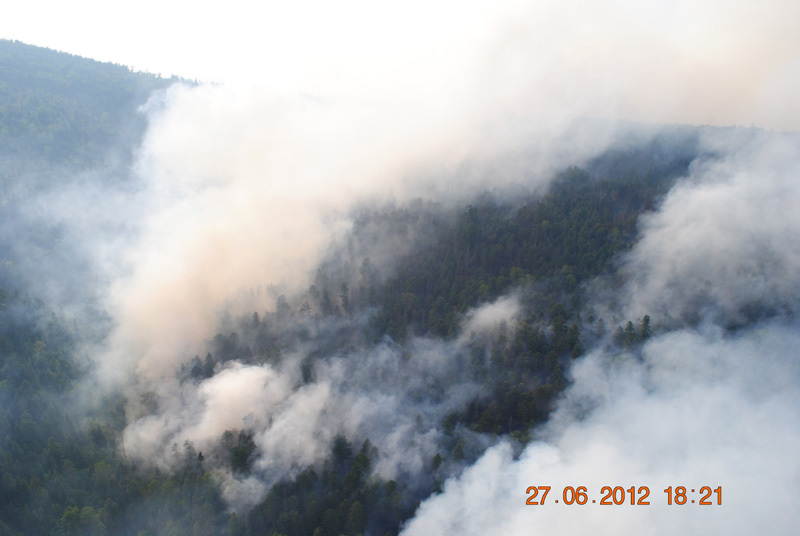
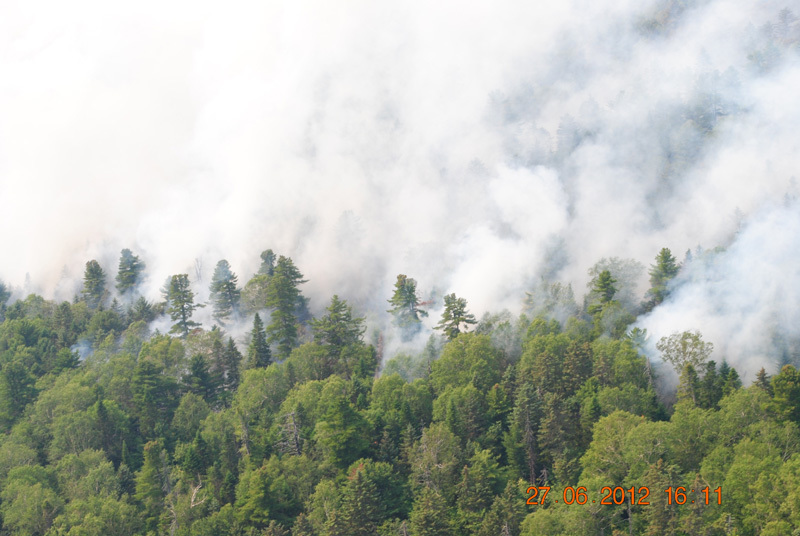


Source: https://habr.com/ru/post/365743/
All Articles